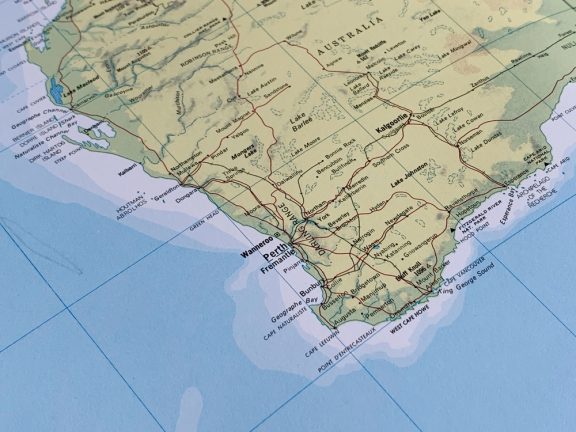
China has introduced new export controls on rare earths and related technologies ahead of trade talks with the US, barring its citizens from unauthorised overseas mining.
This brings the total count of export-restricted rare earth elements to 12, as China tightened restrictions on seven in response to tariffs imposed by the Trump Administration earlier this year, stalling key defence, energy and automotive sectors.
The new controls, effective immediately, require exporters to obtain permission for technologies used for rare earth mining, smelting and other processing steps, the Chinese Ministry of Commerce said in a statement.
Additional controls, effective December 1, require foreign entities to obtain a license to export any products manufactured using China’s technology, equipment or materials even if the transaction does not involve Chinese companies.
The Ministry says the new controls are designed to safeguard national security and interests and fulfil international obligations such as non-proliferation.
The simultaneously released ‘unreliable entities list’ primarily identifies US defence technology companies reliant on Chinese rare earths for technologies such as magnets used in submarine and missiles.
The controls prohibit the entities on the list from engaging in import and export activities related to China, prohibit new investments in China and bars organisations and individuals within China from engaging in transactions and other activities with the entities.
Chinese refineries have massively benefited from significant state funding of the industry as well as investment and research into patented technologies and mid-stream processing.
The country accounts for about 60% of global production, but is responsible for 90% of processing, according to the Centre for Strategic and International Studies.
With China’s consolidating processing capabilities and investment strength, it is often cheaper for overseas producers to export ore for refining, making the global value chain increasingly reliant on the country.
Since 2020, the US Department of War (DoW) has invested hundreds of millions in establishing domestic rare earth supply chains. This includes separating and refining rare earth elements mined in the US as well as developing downstream stateside processes needed to convert those refined materials into metals and then magnets.
While the DoW needs nearly all the rare earth elements in some capacity, three are used to make the permanent magnets critical to many defence systems. As a result, the DoW has pursued its ‘mine-to-magnet’ strategy, citing continued US reliance on foreign sources for rare earth products as a risk to national security.
![]()







